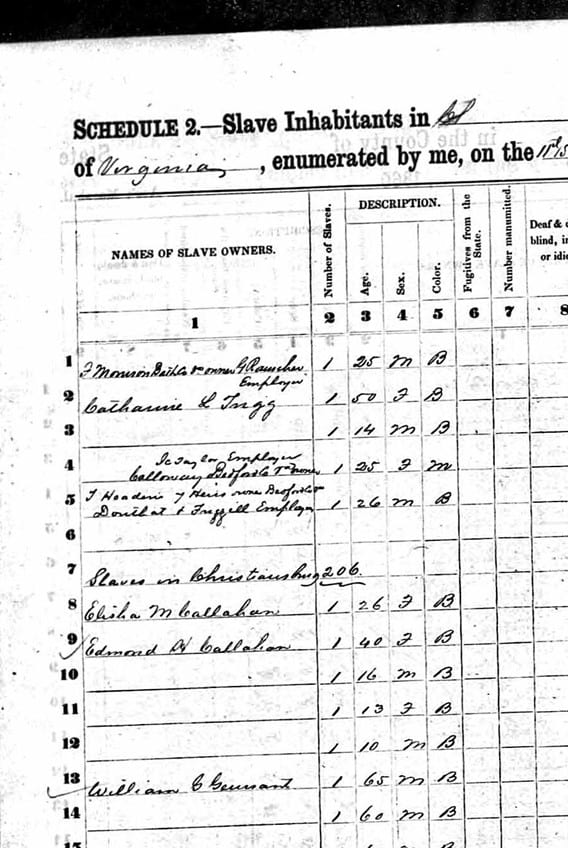Vote for Top Ten Endangered Artifacts
 Each year the Virginia Association of Museums (VAM) selects the Top 10 Endangered Artifacts from across the Commonwealth in an effort to bring awareness to the items and offer some conservation funds to help protect the artifacts. In past years, this program has benefited Wilderness Road Regional Museum by highlighting the original Hance Store Ledger and last year with one of the highest honors going to the Register of Free Blacks and Witness Book from that museum.
Each year the Virginia Association of Museums (VAM) selects the Top 10 Endangered Artifacts from across the Commonwealth in an effort to bring awareness to the items and offer some conservation funds to help protect the artifacts. In past years, this program has benefited Wilderness Road Regional Museum by highlighting the original Hance Store Ledger and last year with one of the highest honors going to the Register of Free Blacks and Witness Book from that museum.
This year the New River Valley is once again included in the top nominees with a submission by the Montgomery Museum of Art and History in Christiansburg. And true to this column’s name, it is an amazing fabric of our shared local history. The artifact is a rare and very beautiful overshot coverlet that is attributed to an enslaved woman who was owned by Catherine L. Montague Trigg, the widow of Thomas Trigg. The family information about this piece indicates the coverlet (ca. 1850) was made for Trigg’s stepdaughter, Catherine Trigg Mosby and remained in that same family for over 160 years before being donated to the Montgomery Museum.
Much can be learned from the coverlet, it is woven from homespun cotton and dyed wool in a slightly  altered Pine Cone Bloom Pattern. Fiber arts expert and Virginia Humanities Fellow, Kathleen Curtis Wilson, states that the coverlet’s pattern uniformity indicates the work of just one weaver and all other evidence along with the family remembrance support the fact that the piece was made locally by an enslaved weaver.
altered Pine Cone Bloom Pattern. Fiber arts expert and Virginia Humanities Fellow, Kathleen Curtis Wilson, states that the coverlet’s pattern uniformity indicates the work of just one weaver and all other evidence along with the family remembrance support the fact that the piece was made locally by an enslaved weaver.
However, the name of that talented weaver is not recorded. Through census records and some family business records of the Widow Trigg, four female slaves were sold from her between 1852 and 1853, named Amy, Maria, Jane and Margaret. In the 1860 slave census, Catherine Trigg owned two slaves, one a 50-year-old woman. It is possible that one of the ladies was the weaver or involved in the process. More research may help find the correct name or it may be never be known. The artifact is truly exceptional and is noted by the Montgomery Museum curator to be the only textile in their collection thought to be made by an enslaved person living in Christiansburg in the 1850s. Southwest Virginia and the Highlands have a remarkable tradition of handwoven coverlets and this example helps share the overall history and skill of the Appalachian region.
The Top 10 Endangered Artifact program contains a public aspect where people can vote for their favorite artifact and museum to help them gain some much-needed funds to assist with future conservation. Please help the Montgomery Museum by voting online during the week of Jan. 11th-20th. You can access the voting by visiting Montgomery Museum of Art and History’s Facebook page or directly at www.vamuseums.org/vote-for-virginias-top-10-endangered-artifacts.
By April Martin, For The Patriot
